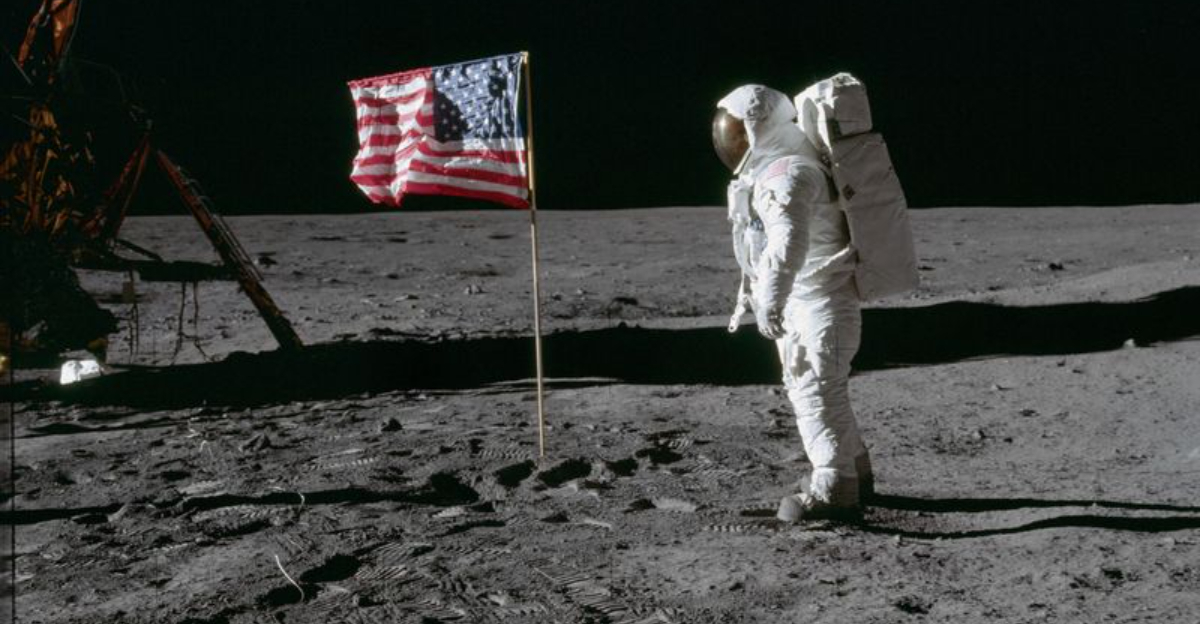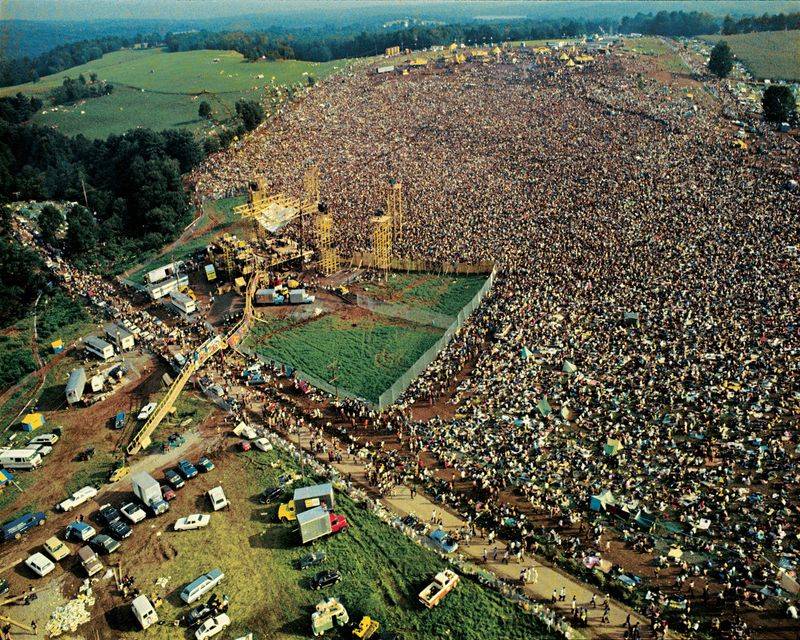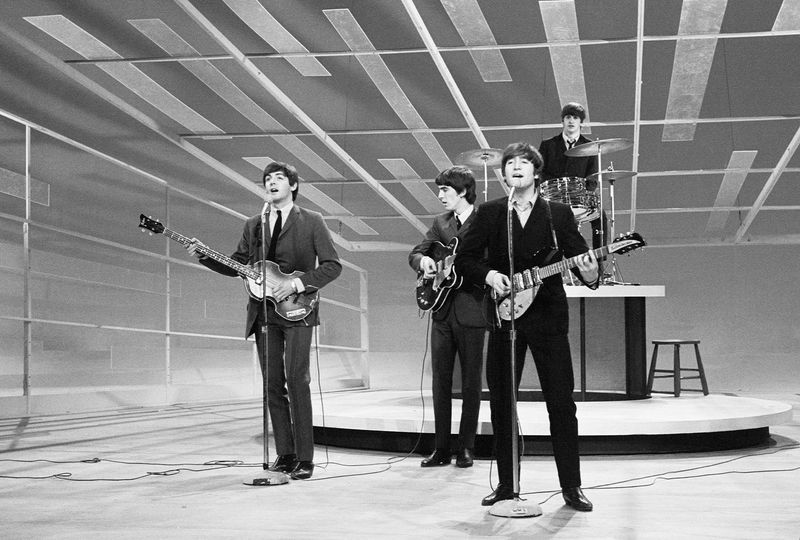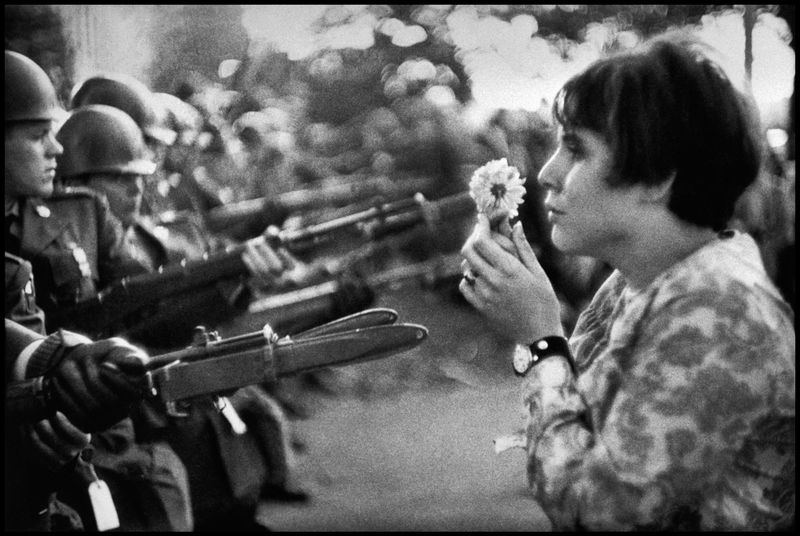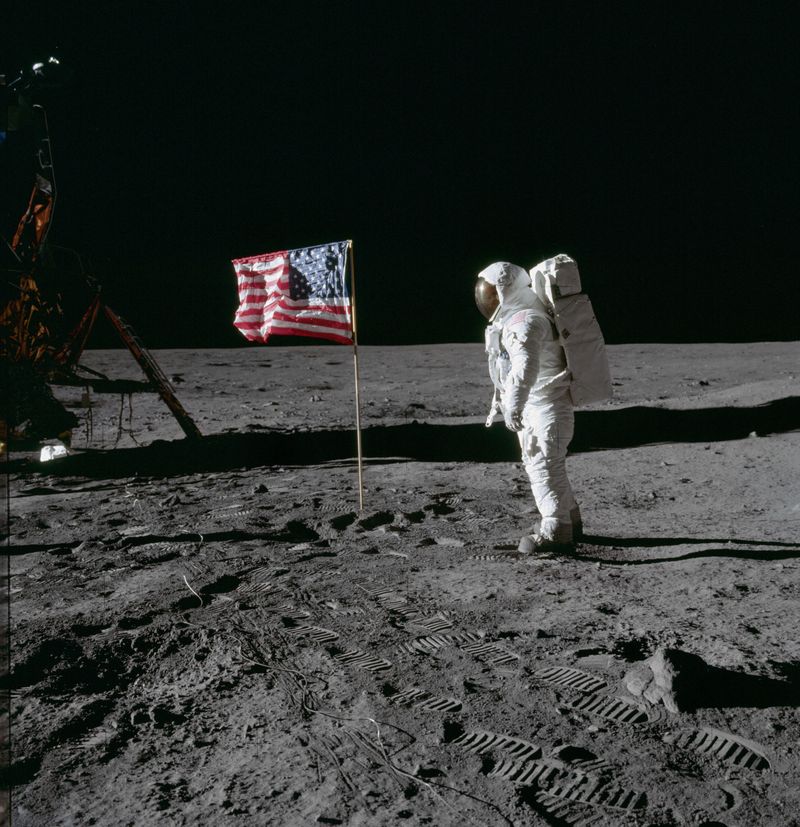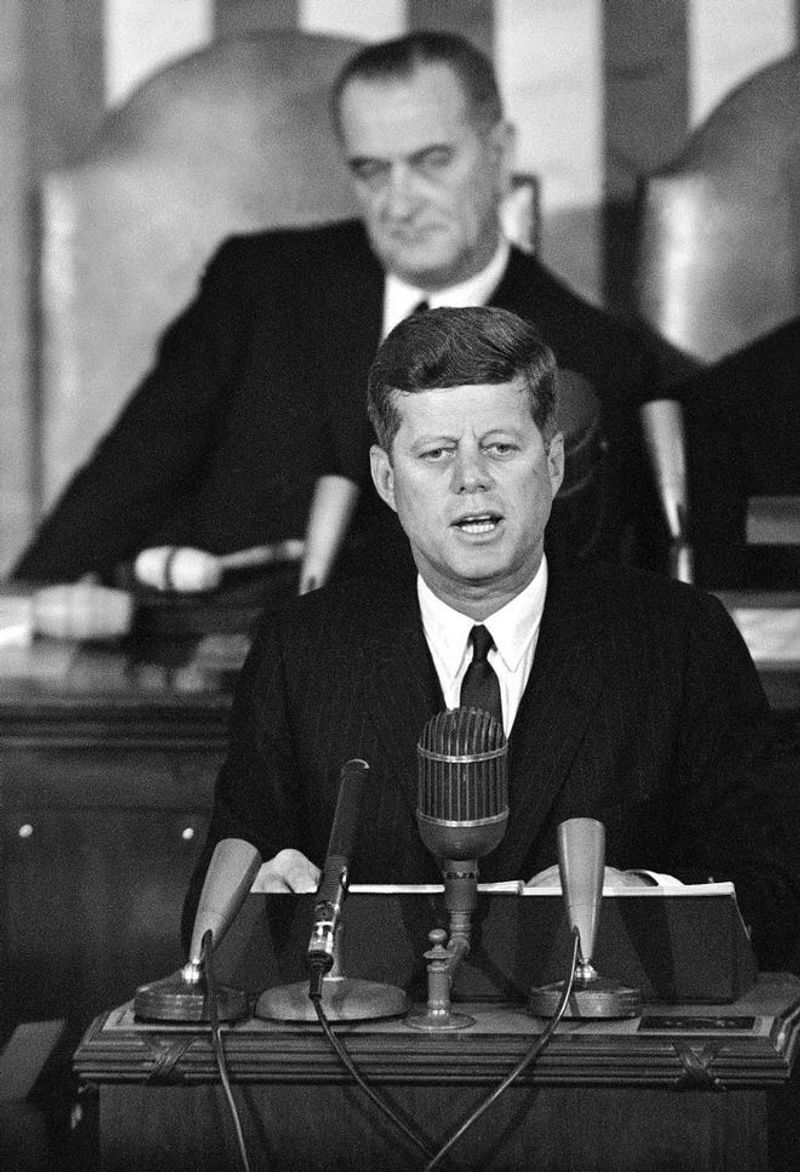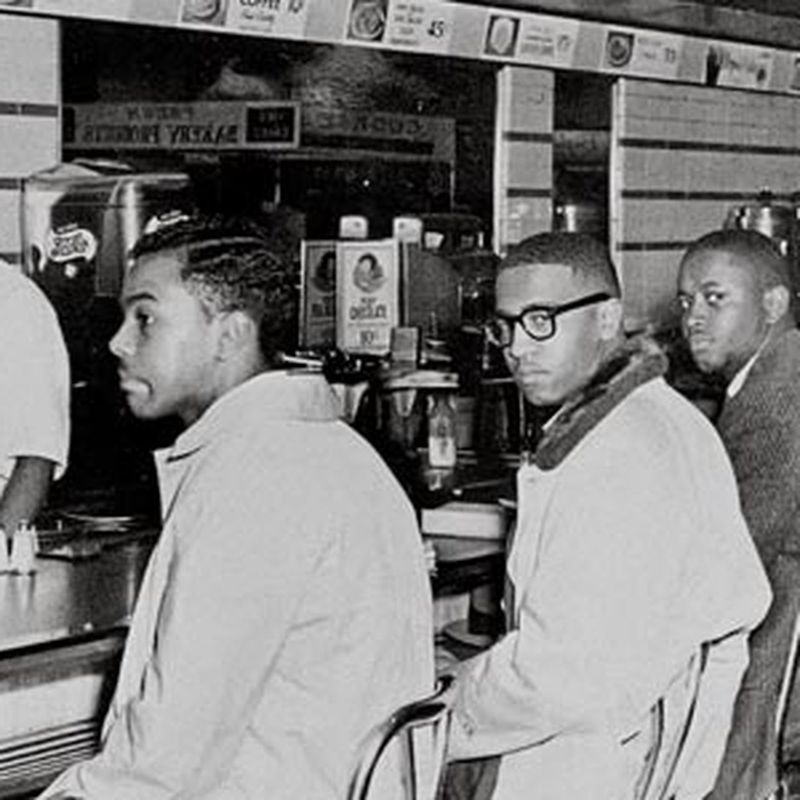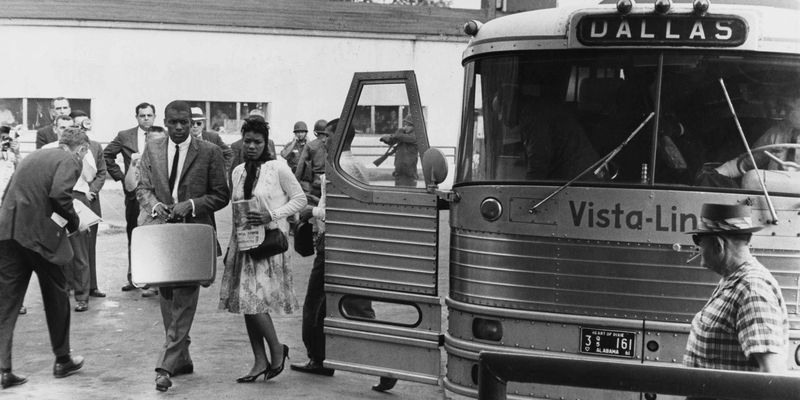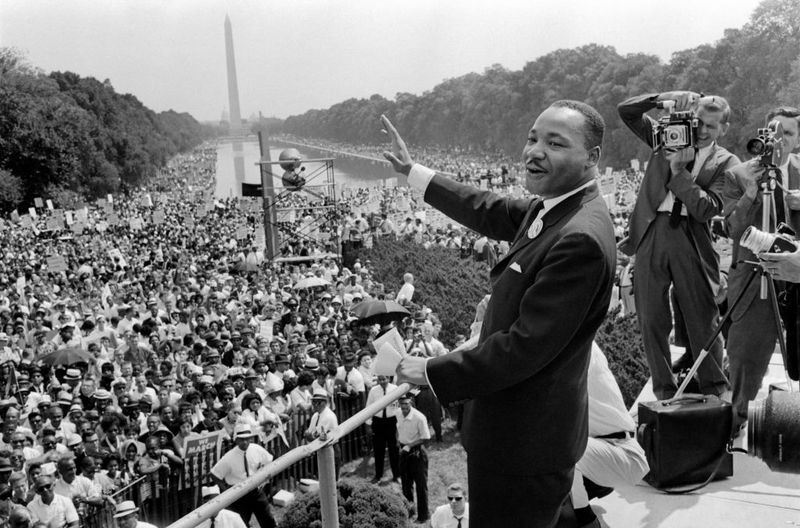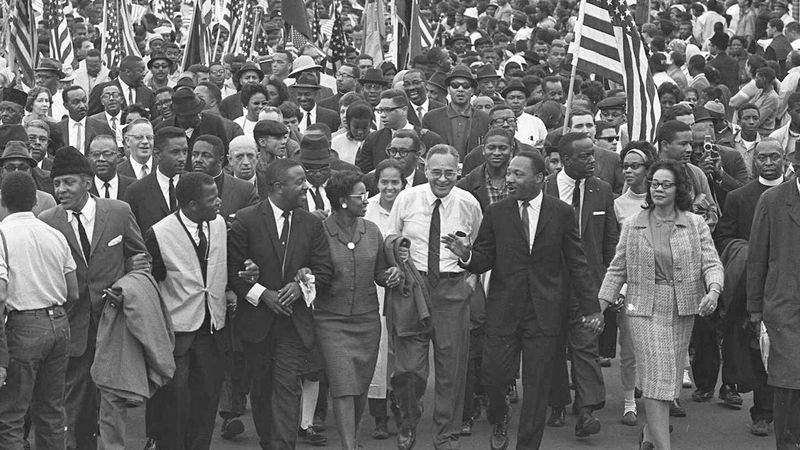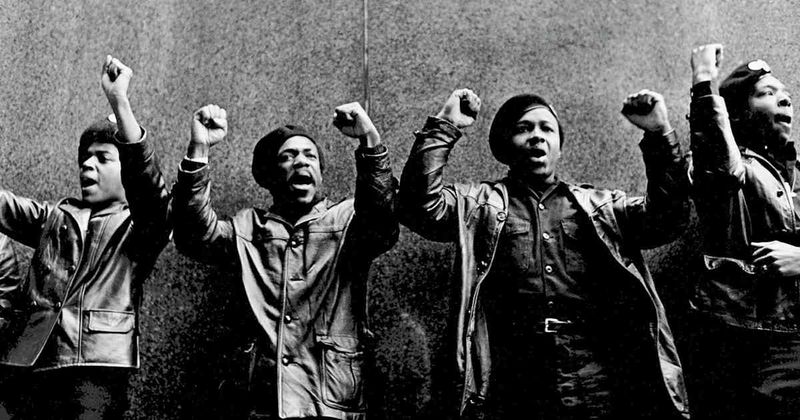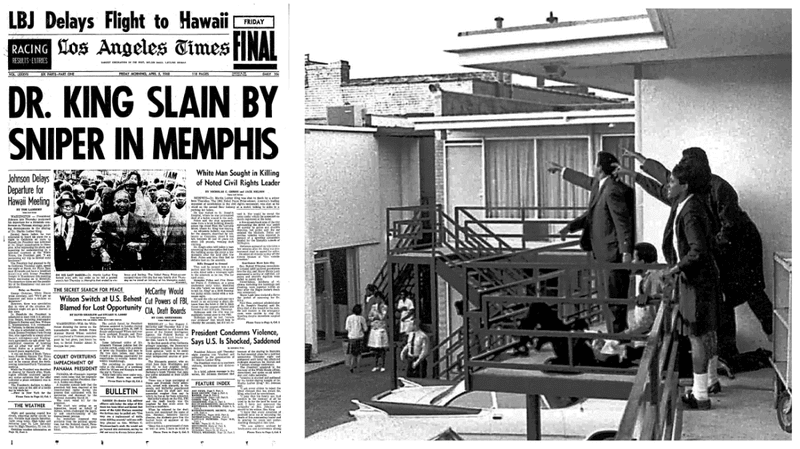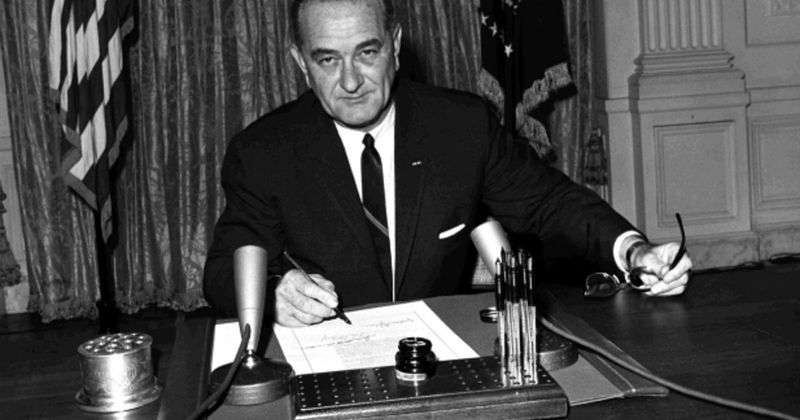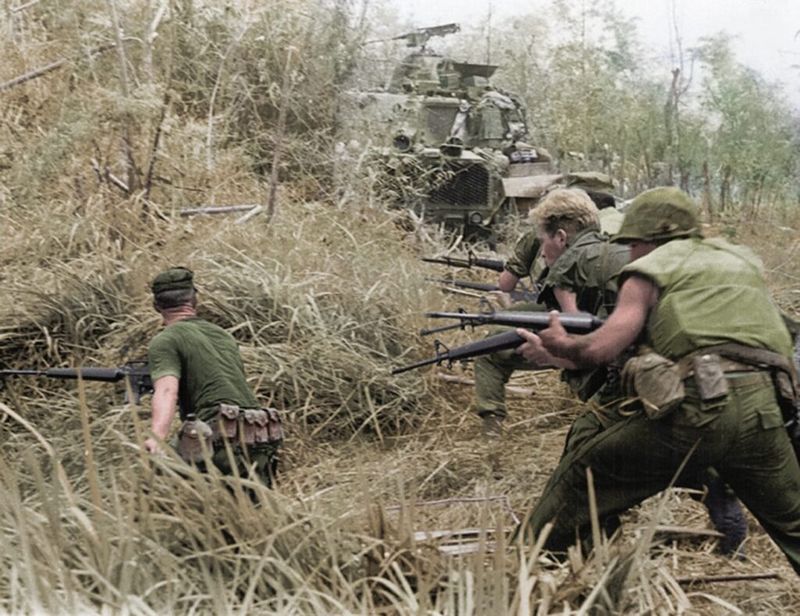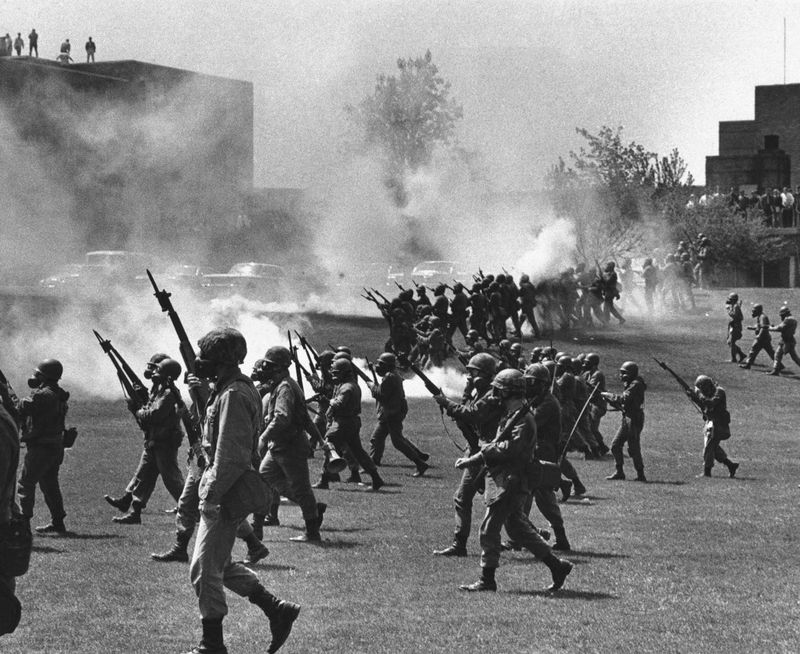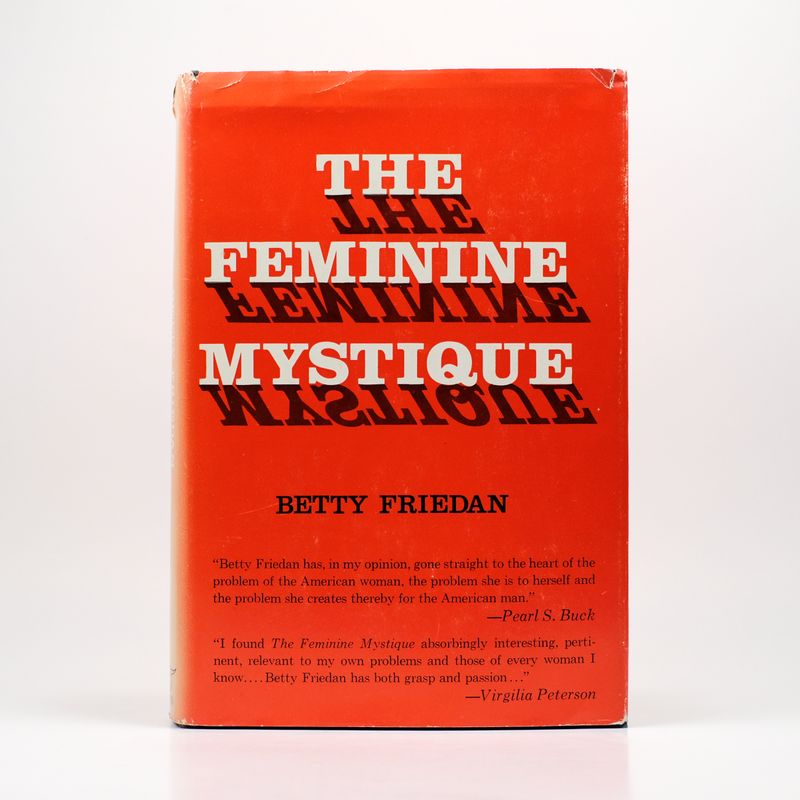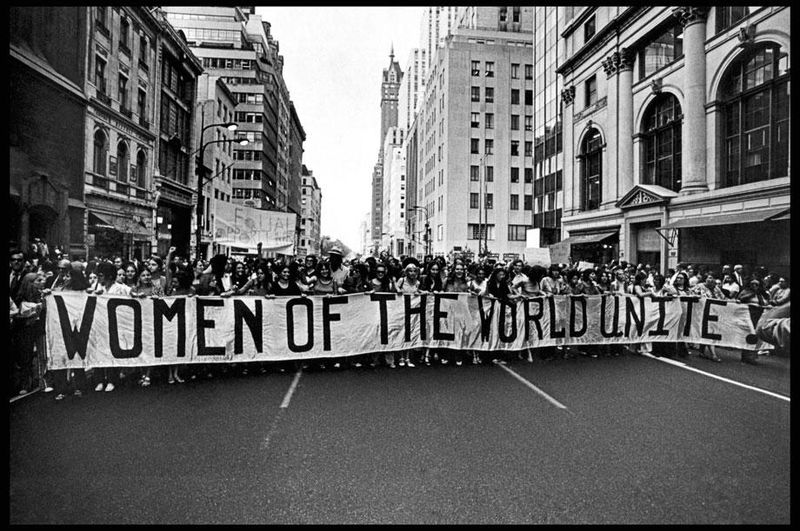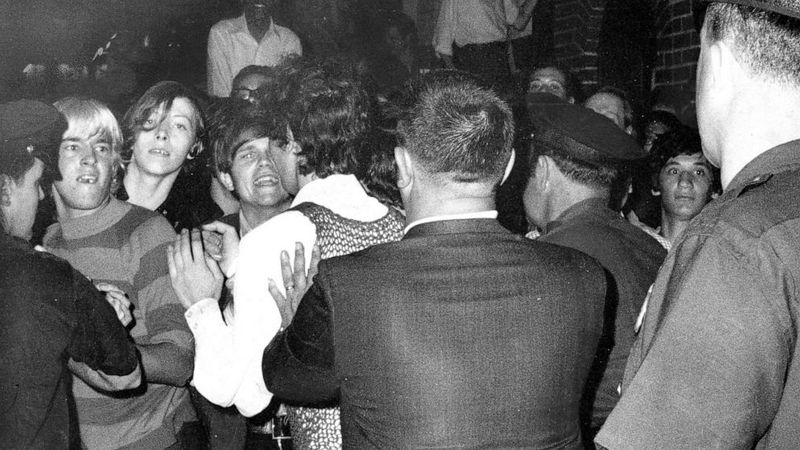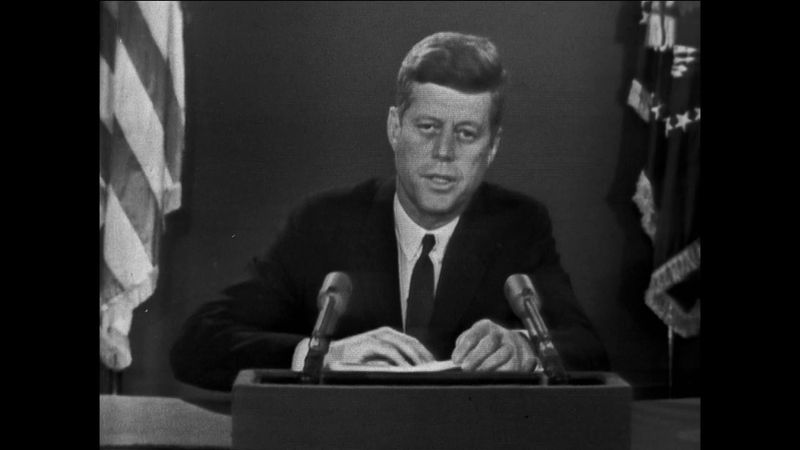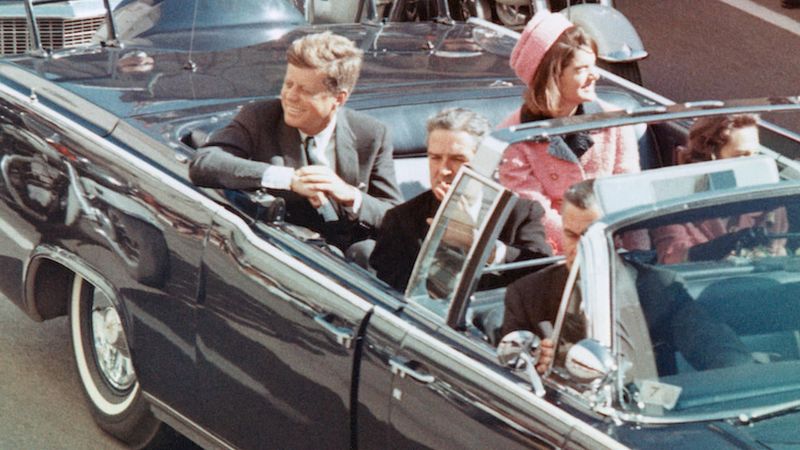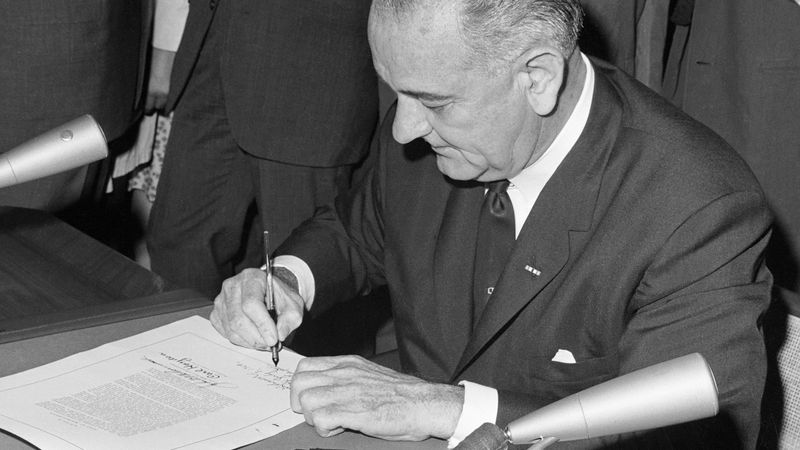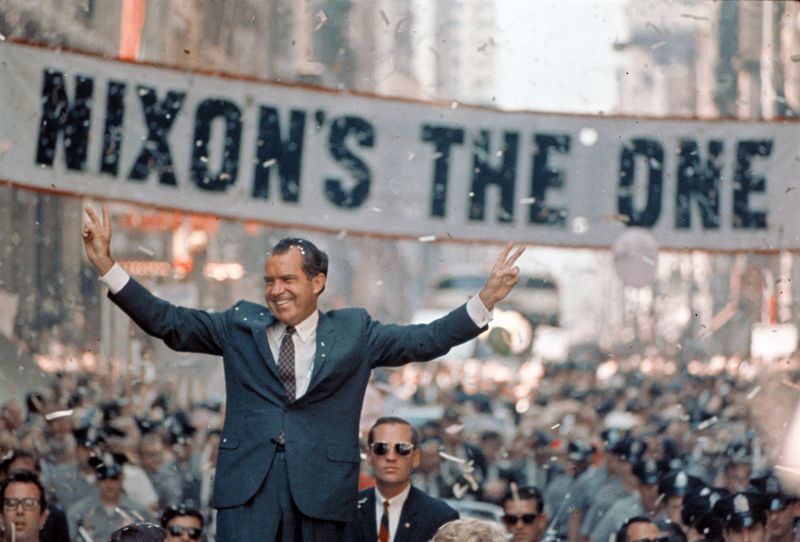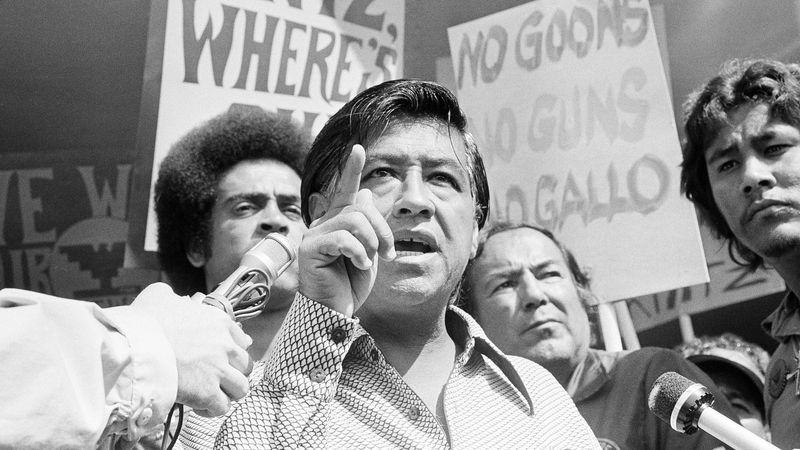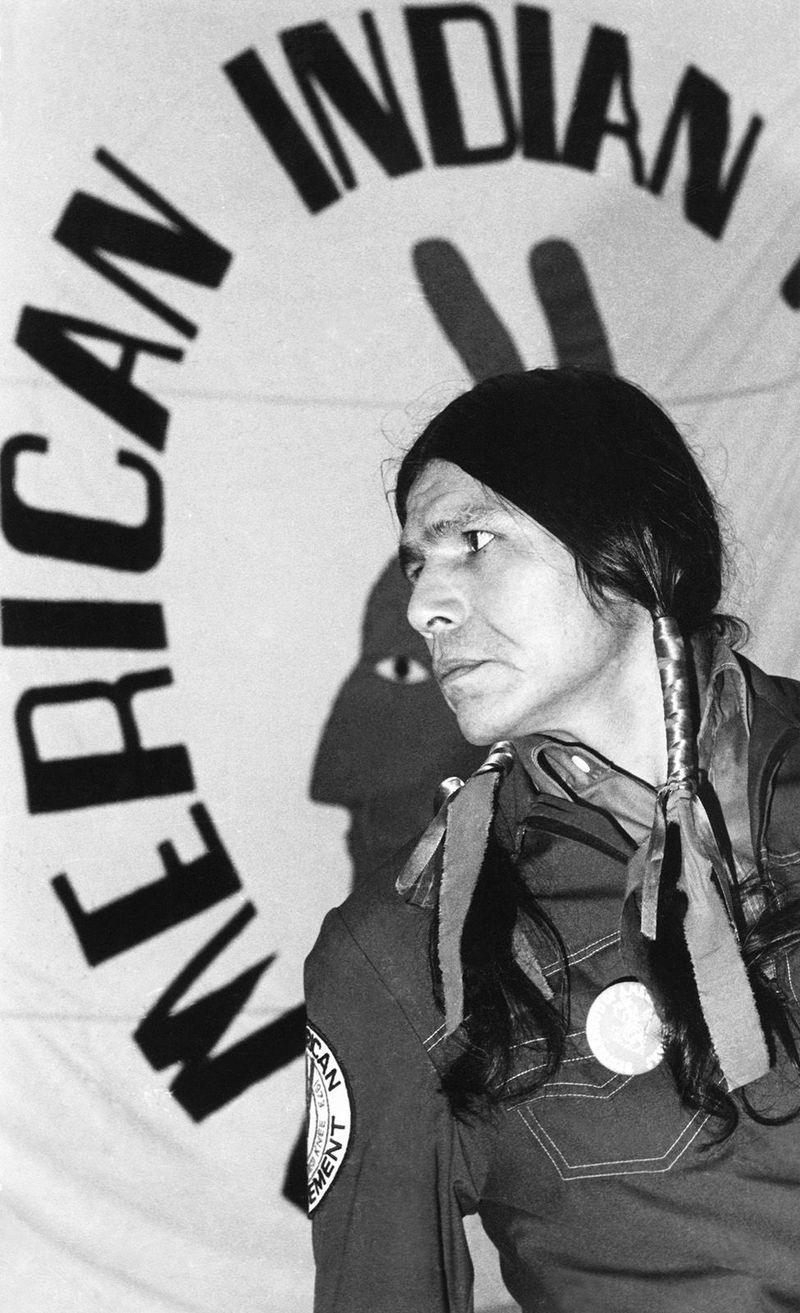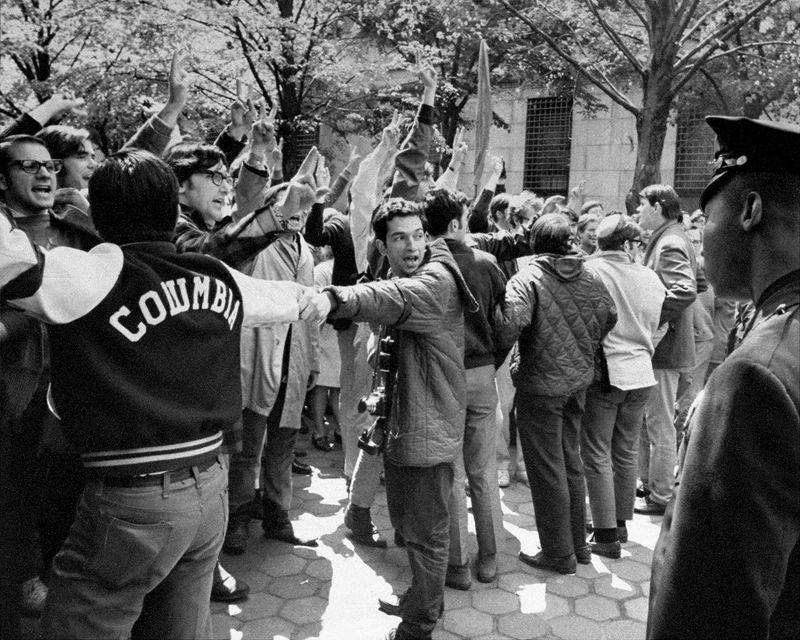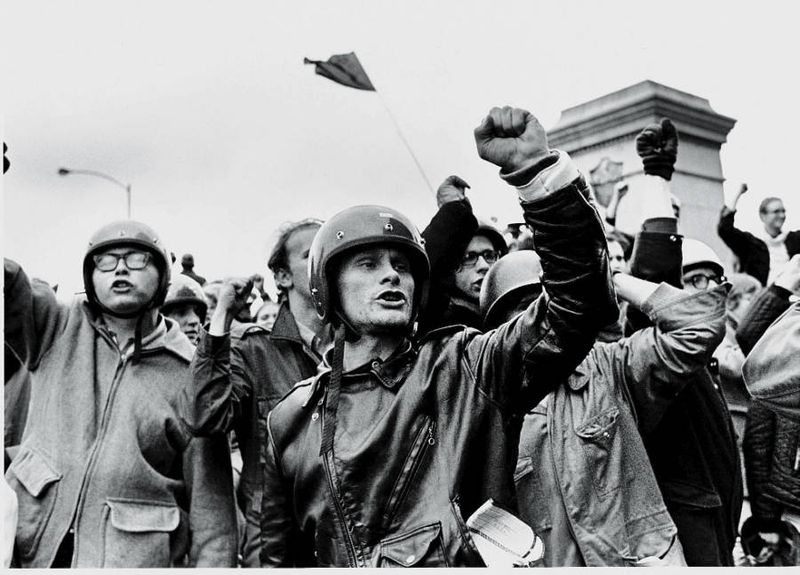The 1960s was a transformative decade for America, marked by cultural revolutions, political upheavals, and significant social movements. While certain events have been romanticized, others have quietly shaped the fabric of the nation. This blog post explores five moments from the ’60s that are often overrated alongside 21 pivotal events that truly defined the era and had a lasting impact on American society.
1. Woodstock (1969)
Woodstock, 1969. A symbol of the counterculture, yet overshadowed by chaos. The real ’60s revolution unfolded in civil rights marches and anti-war protests. While the festival embodied peace and love, it lacked organization and foresight. Iconic performances made history, but the event’s impact on society was minimal compared to the struggles for racial equality. Despite its fame, the festival didn’t change political landscapes. It was a moment of youthful exuberance rather than a blueprint for change. The ’60s were defined by voices demanding justice, not just music and mud. Woodstock remains a memory, cherished yet overrated.
2. The Beatles on The Ed Sullivan Show (1964)
The Beatles’ 1964 appearance on The Ed Sullivan Show was a pop culture milestone, sparking Beatlemania across America. Yet, while it revolutionized music, it didn’t hold the political weight of civil rights or anti-war movements. The performance enchanted millions but didn’t shift societal paradigms. In contrast, the Selma marches and Black Panthers ignited real change. The Beatles brought joy and a new sound, but the ’60s’ true legacy lay in its activists. While undeniably iconic, the show was a musical event, not a societal revolution. Its lasting appeal is in melody, not policy.
3. “Flower Power” & Hippie Stereotypes
“Flower Power” and hippie stereotypes evoke images of peace signs and free love, yet they overshadow the era’s radical activism. The ’60s weren’t just about colorful clothes; they were about Black Power and feminist organizing. While the hippie movement promoted peace, it often overshadowed pressing issues of racial and gender inequality. The real change-makers fought for justice and rights, not just harmony and love. “Flower Power” captured a spirit, but not the full story. The decade’s heart lay in activism and reform, beyond mere symbols. Its legacy is complex, transcending stereotypes.
4. The Moon Landing (1969)
The 1969 Moon Landing was a technological triumph, yet it occurred amidst poverty and racial violence. NASA’s monumental success overshadowed domestic struggles, where resources could have addressed social inequities. The spectacle united a nation, but for many, it symbolized misplaced priorities. While astronauts’ footprints marked lunar soil, civil rights activists marched for equality. The moon landing inspired dreams and innovation but didn’t solve societal challenges. It remains a marvel, yet its significance is contested. In the grand scheme, the ’60s’ true victories were in human rights, not lunar exploration.
5. JFK’s “Camelot” Myth
JFK’s presidency is often romanticized as “Camelot,” despite delayed civil rights actions and Vietnam’s escalation. His era is seen through a nostalgic lens, overshadowing Lyndon B. Johnson’s substantial reforms like the Civil Rights Act. While Kennedy charmed a nation, his policy legacies were mixed. “Camelot” evokes elegance, but reality was complex. JFK’s image remains iconic, yet his impact is debated. In contrast, LBJ’s legislative achievements marked true progress. The myth endures, yet the ’60s’ substantive changes were legal and societal, not merely aesthetic. Kennedy’s legacy is both glorified and scrutinized.
6. The Greensboro Sit-Ins (1960)
In 1960, the Greensboro Sit-Ins began with four young men at a segregated lunch counter, igniting a movement. Their courage inspired nationwide protests, challenging racial injustice in America’s heart. As sit-ins spread, the civil rights movement gained momentum, demanding change. These peaceful protests showed the power of nonviolent resistance, galvanizing support across the nation. The sit-ins were a catalyst, not just for policy change, but for a societal transformation. They highlighted the stark realities of segregation, calling for unity and equality. The impact was profound, shaping the course of history and empowering future generations.
7. Freedom Rides (1961)
The 1961 Freedom Rides challenged segregation on interstate buses, breaking barriers in the Deep South. These brave individuals faced violence, yet remained resolute against injustice. Their journey exposed the harsh realities of segregation, forcing the nation to confront racial inequality. As buses rolled through hostile territories, the riders’ courage inspired countless others. The Freedom Rides were a testament to determination, igniting change and drawing attention to systemic racism. By challenging unjust laws, they paved the way for civil rights advancements, proving that unity and resolve could overcome hate and oppression. Their legacy endures, inspiring equality.
8. March on Washington (1963)
The 1963 March on Washington was a monumental civil rights event, where Martin Luther King Jr.’s “I Have a Dream” speech resonated deeply. Yet, it was also a platform for other voices, like John Lewis, who called out political hypocrisy. The march united diverse groups, advocating for jobs and freedom. It was a powerful display of unity and hope, pressuring lawmakers to act. The march’s impact was profound, leading to legislative changes and greater awareness. It stands as a symbol of collective strength, a beacon for justice and equality, and a pivotal moment in American history.
9. Selma to Montgomery Marches (1965)
In 1965, the Selma to Montgomery marches demanded voting rights, facing brutal opposition. Protesters crossed the Edmund Pettus Bridge, enduring violence to highlight racial injustice. Their courage led to the Voting Rights Act, a landmark achievement in civil rights. The marches were a pivotal turning point, demonstrating the power of peaceful protest. They showed the world the harsh realities of segregation and the resilience of those who fought against it. The legacy of Selma endures, inspiring continued struggles for equality. It was a defining moment, transforming the nation and advancing the cause of justice.
10. Formation of the Black Panthers (1966)
The Black Panthers, formed in 1966, represented a new era in the civil rights movement, emphasizing armed self-defense and community programs. They challenged systemic oppression, providing food and education in marginalized communities. The Panthers’ bold approach contrasted with traditional civil rights methods, highlighting the urgency of their mission. Their presence was controversial yet impactful, demanding equality and justice. The party’s legacy includes both its social programs and its stance on self-defense. The Black Panthers inspired future generations to address systemic inequalities and continue the fight for justice, remaining a powerful symbol of resistance and empowerment.
11. Assassination of MLK (1968)
Martin Luther King Jr.’s assassination in 1968 was a devastating blow to the civil rights movement, sparking nationwide riots and radicalizing activists. His death marked a turning point, intensifying the struggle for justice. King’s dream of equality faced a tragic setback, yet his legacy endured, inspiring continued efforts for change. The loss united communities in grief and determination, highlighting the urgency of his mission. While violence erupted, the call for nonviolent resistance remained strong. King’s vision of hope and unity continues to guide us, reminding us of the enduring fight for a just society.
12. Gulf of Tonkin Incident (1964)
The Gulf of Tonkin Incident in 1964 served as a catalyst for escalating the Vietnam War, based on questionable claims. This event granted President Lyndon B. Johnson the authority to increase military involvement, leading to widespread conflict and protest. The incident exposed the fragility of truth in wartime decisions, fueling public mistrust. As the war intensified, so did opposition, igniting a powerful anti-war movement. The Gulf of Tonkin reshaped America’s foreign policy, highlighting the dangers of unchecked power. It remains a cautionary tale of war’s complexities and the need for transparency and accountability.
13. Tet Offensive (1968)
The 1968 Tet Offensive was a turning point in the Vietnam War, revealing the U.S. government’s misleading narratives of success. Viet Cong attacks caught American forces off-guard, shattering the illusion of imminent victory. This surprise offensive shifted public opinion, highlighting the war’s complexity and the need for change. The Tet Offensive sparked debates on military strategy and the cost of conflict, influencing future policy decisions. It exposed the gap between government promises and reality, fueling anti-war sentiments and demanding accountability. The offensive remains a stark reminder of war’s unpredictability and the quest for truth.
14. My Lai Massacre (1968)
The My Lai Massacre in 1968 exposed the brutality of the Vietnam War, where U.S. soldiers killed hundreds of Vietnamese civilians. This atrocity shocked the world, challenging the moral authority of the U.S. military and government. The massacre highlighted the dehumanizing impact of war, sparking outrage and calls for accountability. Its revelation intensified anti-war protests, demanding justice and change. My Lai became a symbol of the war’s dark realities, forcing Americans to confront the consequences of violence. The massacre’s legacy endures, reminding us of the need for humane conduct and oversight in conflict.
15. Kent State Shootings (1970)
The 1970 Kent State Shootings were rooted in ’60s activism, where National Guard troops killed four student protesters. This tragic event underscored the intense anti-war sentiment and the volatile relationship between authorities and citizens. The shootings shocked the nation, igniting further protests and questioning governmental response to dissent. Kent State became a symbol of the era’s tensions, highlighting the need for dialogue and understanding. The tragedy emphasized the importance of peaceful protest and the consequences of excessive force. Its legacy is a somber reminder of the cost of conflict and the value of free expression.
16. The Feminine Mystique (1963)
“The Feminine Mystique,” published in 1963 by Betty Friedan, ignited second-wave feminism, challenging traditional gender roles. The book resonated with women across America, questioning the status quo and advocating for equality. Friedan’s work empowered women to seek opportunities beyond domestic confines, sparking a movement for change. This groundbreaking publication highlighted the struggles of women, urging societal reflection and reform. It catalyzed discussions on women’s rights, paving the way for future advancements. “The Feminine Mystique” remains a powerful testament to the fight for gender equality, inspiring generations to continue pursuing justice and empowerment.
17. National Organization for Women (NOW) Founded (1966)
Founded in 1966, the National Organization for Women (NOW) became a leading force in the fight for gender equality. Advocating for women’s rights, NOW addressed issues like workplace discrimination and reproductive freedom. The organization provided a platform for women to voice their concerns and demand change. Through activism and advocacy, NOW played a crucial role in advancing women’s rights, challenging societal norms and legislative barriers. The organization’s efforts contributed to significant progress, inspiring future generations to continue the struggle for equality. NOW’s legacy endures, representing resilience and determination in the pursuit of justice.
18. Stonewall Riots (1969)
The 1969 Stonewall Riots marked a pivotal moment in LGBTQ+ rights, where patrons of the Stonewall Inn resisted police harassment. This act of defiance ignited a movement, challenging discrimination and demanding equality. The riots galvanized the LGBTQ+ community, fostering unity and visibility. Stonewall became a symbol of resistance, inspiring activism and change. The events highlighted the need for acceptance and rights, influencing future policies. Stonewall’s legacy endures, celebrating diversity and advocating for continued progress. It remains a powerful reminder of the struggle for dignity and freedom, inspiring generations to fight for justice and equality.
19. Cuban Missile Crisis (1962)
The 1962 Cuban Missile Crisis brought the world to the brink of nuclear war, as the U.S. and Soviet Union faced off over missiles in Cuba. President John F. Kennedy’s leadership during this tense period helped avert disaster, showcasing diplomacy’s importance. The crisis highlighted the fragility of peace and the need for careful negotiation. It underscored the Cold War’s dangers, influencing future international relations. The resolution of the crisis demonstrated the power of dialogue and compromise. It remains a defining moment in history, reminding us of the stakes in global diplomacy and the value of restraint.
20. JFK Assassination (1963)
John F. Kennedy’s assassination in 1963 ended an era of liberal idealism and ushered in a culture of conspiracy. The shock of his death resonated globally, altering the political landscape. It marked the loss of a charismatic leader, raising questions about the future. The assassination fueled speculation and mistrust, impacting American psyche and policy. It prompted reflection on leadership and vulnerability, shaping public consciousness. Kennedy’s death left a lasting legacy, influencing political discourse and cultural narratives. The event remains a pivotal moment in history, symbolizing both the end of innocence and the complexities of political life.
21. LBJ’s Great Society (1964-65)
Lyndon B. Johnson’s Great Society, launched in 1964-65, aimed to eliminate poverty and racial injustice through sweeping social reforms. Programs like Medicare and Medicaid transformed healthcare, while the War on Poverty addressed economic disparities. Johnson’s vision expanded civil rights, education, and urban development, seeking a more equitable society. These initiatives reshaped America, leaving a lasting impact on millions. The Great Society’s achievements are both praised and debated, illustrating the complexities of reform. Its legacy endures, highlighting the ongoing pursuit of justice and opportunity. Johnson’s ambitious agenda remains a benchmark for progressive policy and social change.
22. Nixon’s Election (1968)
Richard Nixon’s 1968 election marked the rise of a conservative backlash, shifting the political landscape. Nixon’s campaign capitalized on social unrest, appealing to “law and order” sentiments. His victory signaled a move away from the liberal ideals of the ’60s, influencing future policies. Nixon’s presidency brought significant changes, including foreign policy shifts and domestic reforms. The election highlighted the nation’s divisions and the complexities of its political climate. Nixon’s rise to power marked a turning point, shaping partisan dynamics and setting the stage for future political realignments. His legacy is both influential and controversial.
23. United Farm Workers Strikes (1965-70)
Led by Cesar Chavez and Dolores Huerta, the United Farm Workers strikes from 1965-70 fought for labor rights, highlighting agricultural workers’ struggles. These strikes, marked by nonviolent tactics, demanded fair wages and better conditions. The movement raised awareness of workers’ rights, gaining national support and legislative victories. Chavez and Huerta’s leadership inspired solidarity and change, challenging exploitation. The strikes underscored the power of collective action, influencing labor movements worldwide. Their legacy endures, advocating for dignity and justice in labor rights. The United Farm Workers’ efforts remain a testament to perseverance and the fight for equality.
24. American Indian Movement (AIM) Founded (1968)
Founded in 1968, the American Indian Movement (AIM) sought to address systemic injustices faced by Indigenous peoples. AIM’s activism focused on sovereignty, treaty rights, and cultural preservation, challenging centuries of oppression. The movement brought attention to Native American issues, advocating for change and justice. AIM’s bold actions and protests highlighted the need for recognition and respect. Their efforts inspired a broader awareness of Indigenous rights and history, fostering dialogue and reform. AIM’s legacy is a powerful reminder of resilience and the ongoing struggle for equality and sovereignty, continuing to influence Indigenous activism today.
25. Columbia University Protests (1968)
The 1968 Columbia University Protests saw students challenging institutional complicity in war and racism. These protests, marked by building occupations and demonstrations, highlighted the era’s social and political tensions. Students demanded change, questioning authority and advocating for justice. The protests galvanized a generation, influencing activism and policy. Columbia became a symbol of student power and the fight for ethical accountability. The events underscored the importance of dissent and the potential for reform. The legacy of Columbia’s protests endures, inspiring continued engagement and advocacy. It remains a defining moment in the history of student activism.
26. The Weather Underground (1969)
The Weather Underground, formed in 1969, marked a radical turn in activism, advocating militancy to combat injustice. Emerging from the anti-war movement, they sought to overthrow systemic oppression through direct action. Their controversial tactics sparked debate on activism’s limits and ethics. The Weather Underground embodied the era’s frustration, challenging authority and societal norms. Their actions brought attention to broader issues, though their methods were divisive. The group’s legacy is complex, highlighting the tensions between peaceful protest and radicalism. It remains a cautionary tale of activism’s challenges and the enduring quest for justice and change.
